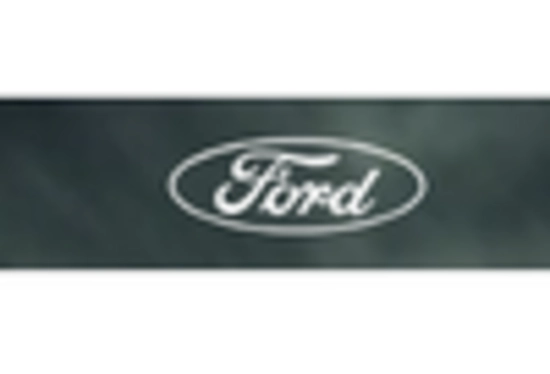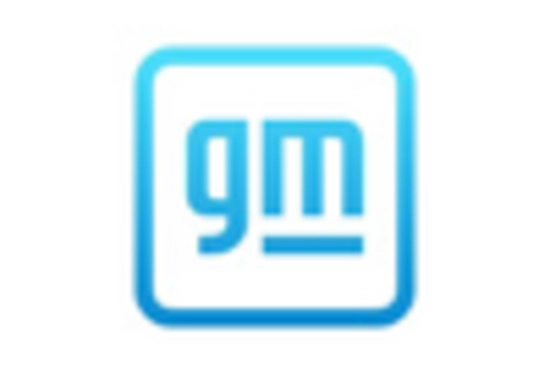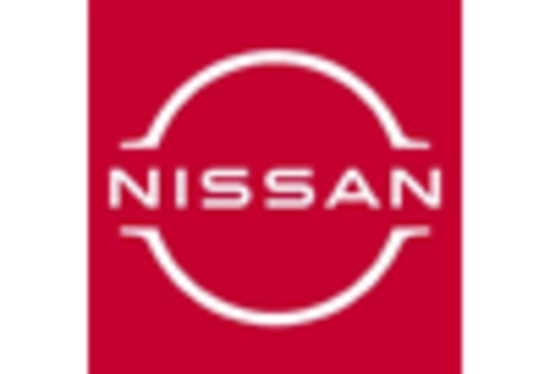Government Policies and Incentives
Government policies play a crucial role in shaping the Alternative Fuel Vehicles Market. Many countries have implemented stringent emissions regulations, pushing automakers to invest in cleaner technologies. Incentives such as tax credits, rebates, and grants for electric vehicle purchases are becoming increasingly common. For instance, in certain regions, consumers can receive substantial financial benefits when purchasing alternative fuel vehicles, which can significantly lower the total cost of ownership. These initiatives not only encourage consumer adoption but also stimulate investment in research and development within the Alternative Fuel Vehicles Market, fostering a more competitive landscape.
Rising Fuel Prices and Economic Factors
The Alternative Fuel Vehicles Market is also influenced by rising fuel prices and broader economic factors. As traditional fuel prices fluctuate, consumers are increasingly seeking cost-effective alternatives. The shift towards alternative fuel vehicles is seen as a strategic response to mitigate the impact of volatile fuel costs. Additionally, economic incentives for businesses to adopt greener fleets are becoming more prevalent, as companies recognize the long-term savings associated with alternative fuel vehicles. This trend suggests a growing recognition of the financial benefits of investing in the Alternative Fuel Vehicles Market, which may lead to increased market penetration.
Environmental Concerns and Climate Change
Environmental concerns are a significant driver of the Alternative Fuel Vehicles Market. As awareness of climate change and its impacts grows, consumers and businesses alike are seeking sustainable transportation solutions. The shift towards alternative fuel vehicles is often viewed as a necessary step in reducing greenhouse gas emissions and improving air quality. Research indicates that electric vehicles can reduce emissions by up to 50% compared to traditional gasoline vehicles. This growing emphasis on sustainability is likely to propel the Alternative Fuel Vehicles Market forward, as stakeholders prioritize eco-friendly options in their transportation choices.
Consumer Preferences and Lifestyle Changes
Consumer preferences are evolving, with a noticeable shift towards sustainability and eco-consciousness influencing the Alternative Fuel Vehicles Market. As more individuals prioritize environmentally friendly options, the demand for alternative fuel vehicles is expected to rise. This trend is particularly evident among younger consumers, who are more inclined to consider the environmental impact of their purchases. Additionally, lifestyle changes, such as urbanization and the rise of shared mobility solutions, are driving interest in alternative fuel vehicles. The increasing availability of charging infrastructure and the expansion of alternative fuel options are likely to further enhance consumer acceptance, thereby supporting the growth of the Alternative Fuel Vehicles Market.
Technological Innovations in Alternative Fuel Vehicles
The Alternative Fuel Vehicles Market is experiencing a surge in technological innovations, particularly in battery technology and fuel cell systems. Advancements in lithium-ion batteries have led to increased energy density and reduced charging times, making electric vehicles more appealing to consumers. Furthermore, the development of hydrogen fuel cells is gaining traction, offering a viable alternative for long-range travel. According to recent data, the efficiency of fuel cells has improved significantly, with some models achieving over 60% efficiency. This technological progress not only enhances vehicle performance but also contributes to the overall growth of the Alternative Fuel Vehicles Market, as manufacturers strive to meet consumer expectations for efficiency and sustainability.


















Leave a Comment